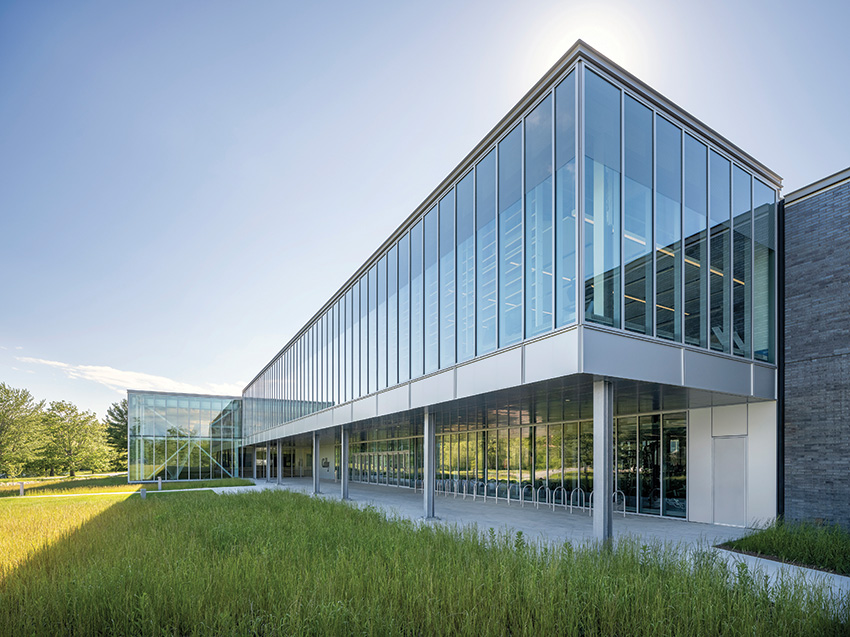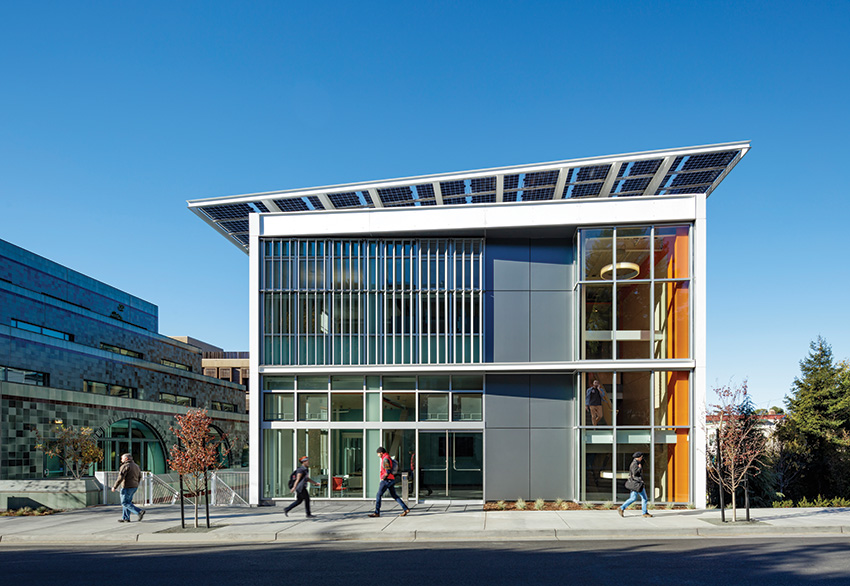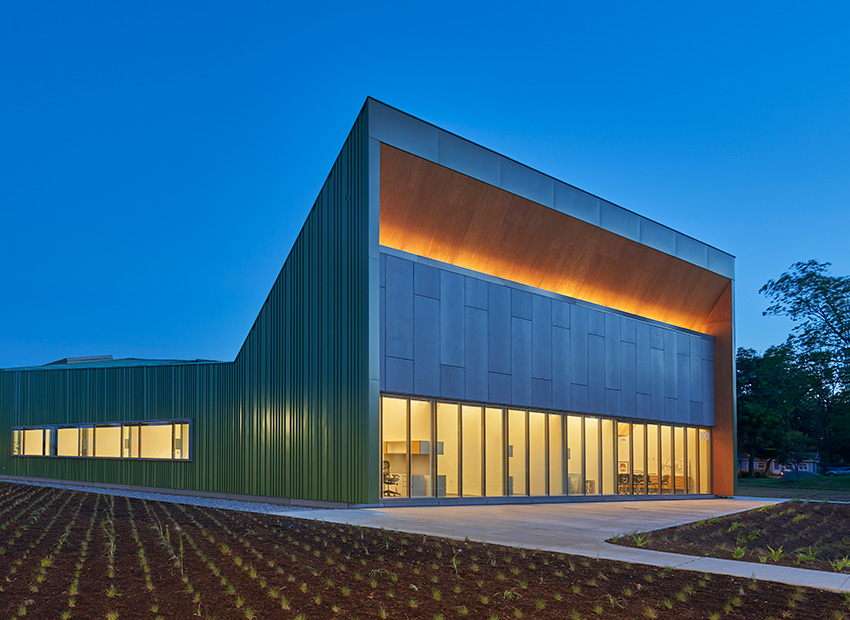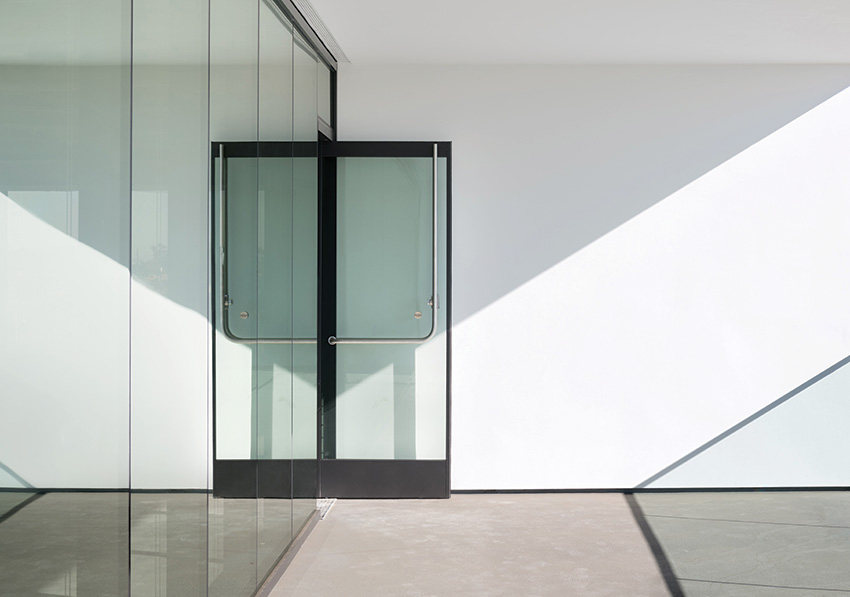Fenestration as Barriers for Better Performance
Learning Objectives:
- Identify and recognize the safety and performance characteristics of exterior fenestration systems as defined by national standards.
- Investigate the welfare potential and innovative opportunities to create buildings that are flexible in use and sustainable by nature.
- Assess the functional contributions of exterior glazing systems as they contribute to green and sustainable design.
- Specify systems in a variety of green and conventional buildings that contribute to the health, safety, and welfare of occupants and users.
Credits:
This course is approved as a Structured Course
This course can be self-reported to the AANB, as per their CE Guidelines
Approved for structured learning
Approved for Core Learning
This course can be self-reported to the NLAA
Course may qualify for Learning Hours with NWTAA
Course eligible for OAA Learning Hours
This course is approved as a core course
This course can be self-reported for Learning Units to the Architectural Institute of British Columbia
Building science has advanced in recent decades to the point where manufacturers now offer a wide range of exterior barrier products designed to meet specific performance needs for limiting airflow, resisting water, and controlling thermal properties. Some of those products address a single barrier need while others have advanced capabilities in that they can meet the requirements of 2 or more of these barrier types. When thinking about barrier products, large-scale building envelope systems such as opaques walls or curtain walls come to mind. However, fenestration systems such as entrances and movable glass walls play an important role as well. When specified correctly, they can meet several barrier objectives including thermal, air, and water performance. The choice of which products to use is determined by the architect or the designer of a project and is usually called out in the specifications. Understanding the difference between different fenestration products and where they are most suitable is the prerequisite knowledge for writing such specifications and is the overall focus of this continuing education course.

Photo courtesy of CRL - © Trent Bell
Fenestration systems can make up a significant portion of the exterior of a building and need to provide all of the necessary air, water, and thermal barriers too.
PERFORMANCE AND QUALITY STANDARDS
The higher performance of building facades is a resounding focus of many building designs. This is driven in part by building owners who want their buildings to use less operational energy. It is also a response to the observable increase in the intensity and frequency of storms which raises concerns about water resistance. Similarly, air infiltration and wind resistance need to be addressed to counteract both energy loss and storm damage.
In addition to these voluntary efforts, architects also need to comply with the mandates of different codes and standards. For commercial buildings, these include not only the International Building Code (IBC) but also the International Energy Conservation Code (IECC) or ASHRAE 90.1 for minimum energy performance. Some states also have their own, specific standards on top of the International Codes such as California Title 24 or the Florida Product Approvals standards. All of these point to added requirements for higher quality and performance demands on fenestration of all types.
Glass and glazing are usually significant design features of most commercial building facades. There are many variables related to their design such as the type, size, shape, color, and configuration of the glazing, which often receive plenty of attention. There are also many variables that affect the performance and the energy code compliance of the glazing system including the percentage of glazed to opaque wall areas, the number of layers of glass, the type of glass used, glass treatments or coatings, the framing system that holds the glass, and even the type of spacers between double- or triple-paned products. It is important to recognize that all of these variables are essentially different components of a glazing system that can be controlled and specified to suit specific project conditions, climate zones, and code requirements. It is not about any one item alone (i.e., the framing system or the glass) but the entire make-up of all of them.
Based on all of the above, we turn our attention to some of the common standards and codes that directly address the performance of glazed fenestration systems of all types.

Photo courtesy of CRL; Tim Griffith
Standards have been developed by independent organizations to address the ability of fenestration products to meet stated criteria as a part of the building envelope.
Fenestration Product Standards
The most widely recognized and relevant strength standard for fenestration is the North American Fenestration Standard (NAFS) which governs windows, doors, and skylights. Known as AAMA/WDMA/CSA 101/I.S.2/A440, this standard is familiar to many specifiers and fenestration manufacturers and includes four Performance Grade categories. Classification of products is based on independent testing based on the design pressure of wind forces acting on the fenestration (measured in pounds per square foot – psf) at a stated pressure difference (measured in pascals Pa). The entry-level or “gateway” criteria for tested fenestration units in each of the Performance Grades (PG) is as follows:
- R Class (Residential) Fenestration: 15 psf (720 Pa) This class is commonly used in one- and two-family dwellings.
- LC Class (Light Commercial) Fenestration: 25 psf (1200 Pa) This class is the minimum designation appropriate for low- and mid-rise buildings where larger sizes and higher loading requirements are expected.
- CW Class (Commercial) Fenestration: 30 psf (1,440 Pa) This newest class is better suited to low- and mid-rise buildings where larger sizes, higher loading requirements, limits on deflection and heavier use are expected.
- AW Class (Architectural) Fenestration: 40 psf (1,920 Pa) This is geared toward mid and high-rise buildings to meet increased loading requirements and limits on deflection in buildings where frequent and extreme use of the fenestration products is expected.
To qualify for any one of these performance grades, a representative specimen of the product must pass all required performance tests for the following, in addition to all required auxiliary (durability) tests for the applicable product type and desired performance class:
- Operating force (if applicable)
- Air-leakage resistance
- Water-penetration resistance
- Uniform load deflection test
- Uniform load structural test
- Forced-entry resistance (if applicable)
After the completion of all of these tests, the product is either deemed to have passed or failed to meet the designation tested for.

Photo courtesy of CRL; Tim Hursley
Energy codes identify the minimum requirements for building envelopes, including fenestration, to conserve energy and reduce operating energy consumption.
Notice


















